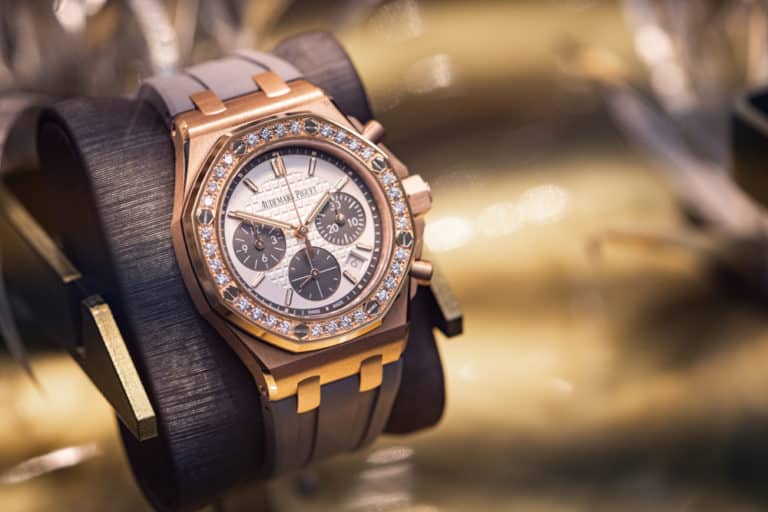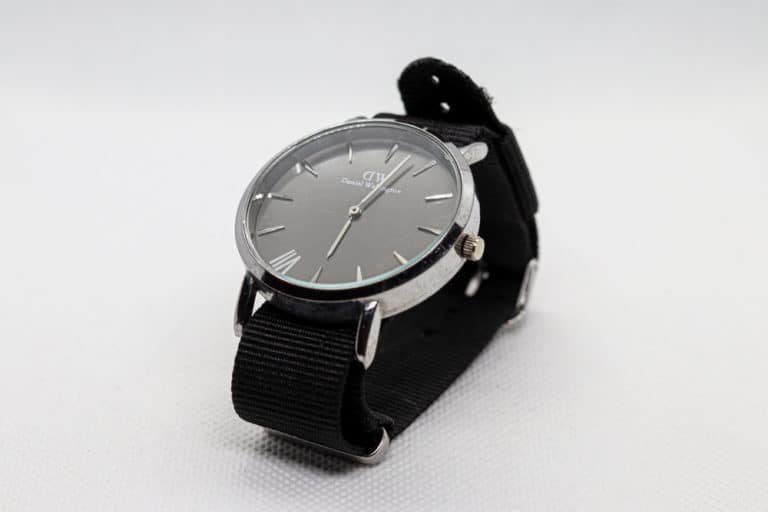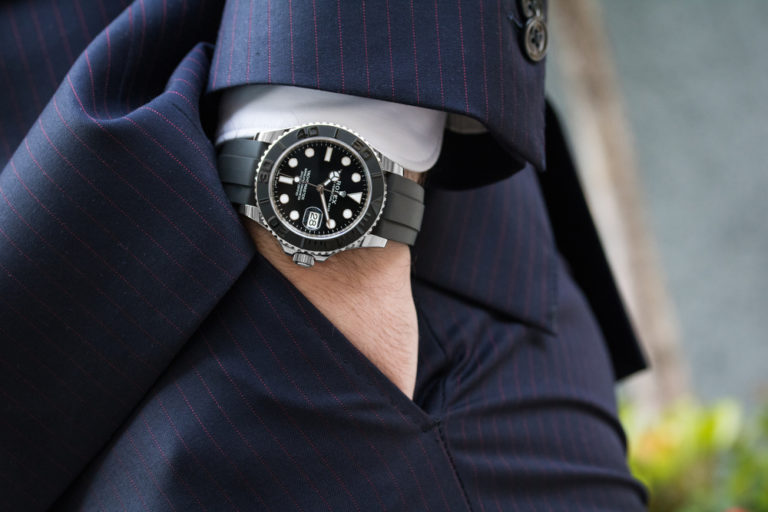When it comes to technology and forward-thinking, Japan is often at the forefront of innovation. Their watchmakers, in particular, produce some of the most exquisite timepieces that continue to impress. I own several brands myself but find myself backtracking to my Japanese movement more often than not, and it’s become my favorite! Let’s explore whether Japanese movement is automatic.
Japanese movement has automatic styles, with popular brands like Seiko producing two types called automatic and kinetic, and Citizen with their eco-drive automatic movement. The watches receive power from a rotor component that generates power automatically as the wearer moves their arm.
Japanese watchmakers have numerous automatic options, so let’s take a deeper dive and look at their automatic quartz and mechanical watches. We’ll also examine kinetic and eco-drive movements and their components to establish what makes them automatic movements.
Is Japanese Movement Automatic?
Japanese watch movement can consist of both mechanical and quartz movements. Within the mechanical category exist both manual and automatic styles.
Movement is significant because it determines the functionality of the Calendar, Chronograph, or alternate time zone. Japanese movements value precision and accuracy and focus on delivering an affordable and reliable watch. Consequently, they are widely utilized by several watchmakers globally.
Japanese Movements Can Function Automatically
Japanese movements can be automatic, utilizing mechanical components and a swinging rotor to generate energy from the everyday movement of the wearer’s arm and wrist.
Japanese movement can consist of automatic movement, also known as the self-winding movement. This kind of movement harnesses energy from the wrist’s natural, everyday motion. When the wearer moves their wrists to do work, perform tasks, etc., the movement will wind the mainspring.
Automatic Japanese movements contain a component called a roto. The semi-circular weight has the freedom to move 360 degrees as the wrist moves. Since the rotor connects to a series of gears, the energy generated by the swinging motion also receives power.
As a result, the daily requirement of winding a watch becomes obsolete – the watch will continue to wind itself as long as your wrist moves.
However, it’s also worth noting that when you go extended periods without wearing an automatic movement watch, the lack of movement will cause the watch to cease at some point.
Japanese Movements Can Function With Quartz
Japanese quartz watches utilize a battery and circuit board that sends an electrical current through a quartz crystal, enabling the stepping motor to convert the electricity into voltage and provide mechanical power.
The Japanese quartz movement operates using a battery. Japanese watchmaker Seiko introduced a quartz watch in 1969, which remains popular even by today’s standards.
Unlike an automatic watch which operates mechanically, the quartz movement gains its power from a battery and takes the place of the main spring. The batteries generally last a maximum of two years, which becomes crucial to replace to avoid the battery leaking and ruining the watch.
The Japanese quartz watch has an integrated electrical circuit that delegates electricity from the battery to the quartz crystal and then from the crystal to the stepping motor. When electricity comes into contact with quartz, it causes the quartz to generate voltage.
The step motor takes the voltage and transforms it into mechanical power that enables the dial train to function and move the hands of the watch.
People prefer quartz watches due to their impressive accuracy. Mechanical watches have numerous parts that may operate at different efficiencies, whereas quartz watches have a single circuit board that always operates at maximum capacity.
As such, Japanese quartz movements are less expensive and more common in your typical watch store.
What Automatic Movements Do Japanese Watchmakers Develop?
The famous Japanese watchmaker Seiko has two automatic movement styles, Automatic and Kinetic. Citizen, another top Japanese watchmaker, utilizes an eco-drive system movement.
Seiko Utilizes Automatic And Kinetic Movements
There are several prominent Japanese watchmakers around, but Seiko has a habit of proving itself as a top contender in the world of Japanese watchmaking.
Seiko found its roots in jewelry in 1881 before becoming a clockmaker in 1892. Their long history has proved fruitful within the Japanese watchmaking market, holding the title of the first Japanese dive watch, chronograph, and wristwatch – plus the first global quartz watch called Astron.
Seiko manufacture two kinds of automatic movement watches, namely Automatic and Kinetic. While both Automatic and Kinetic receive power from a swinging rotor, the Automatic watch stores its energy in its spring, while the Kinetic watch holds it in a capacitor.
A kinetic watch works through movement. The swinging or moving of your arm moves an oscillating weight within the watch. The result is several gears that rotate and produce electricity within a tiny generator. With enough electricity, the generator is capable of charging the capacitor.
One of the most noticeable downsides of a kinetic watch lies in its ever-wearing capacitor. After an extended period, the capacitor will lose its ability to retain electricity properly, meaning you need to replace it. Automatic watches do not have this issue.
Citizen Boasts A Unique Eco-Drive Movement For Their Watches
Eco-drive movement is an automatic Japanese movement that can store solar power for up to 8.7 years. Solar power travels through the crystal and dial, which reaches a silicon photocell and charges the titanium lithium-ion secondary battery.
The Eco-Drive concept towers over previous solar-powered watches with numerous technological advancements. For instance, the ability to place light-capturing cells behind the dial makes the watch much more aesthetically appealing.
Furthermore, the technology is an unmatched boon for the environment, eliminating the disposal of around ten million batteries in North America.
Most Eco-Drive-type watches have a unique titanium lithium-ion secondary battery that receives energy from a silicon photocell behind the dial. The solar power must travel through the crystal and dial before reaching the photocell.
The Eco-drive movement has a wide range of options, each capable of storing different amounts of energy. For instance, normal charged power cells have the potential to keep going for up to 30 days without charging, while others can run for a whopping 8.7 years!
The differences result from eco-drive’s ability to hibernate, whereby the hands stop, but the internal quartz keeps track of the time.
When the wearer exposes the watch to light, the hands will automatically adjust themselves according to the correct time placement and resume keeping the time in real-time.

Conclusion
Japanese movement is automatic thanks to its mechanical components and rotor that generate energy as the wearer moves their arm. Other styles like kinetic and eco-drive receive power via a rotor and solar energy that store energy, so you don’t have to charge it for long periods.







